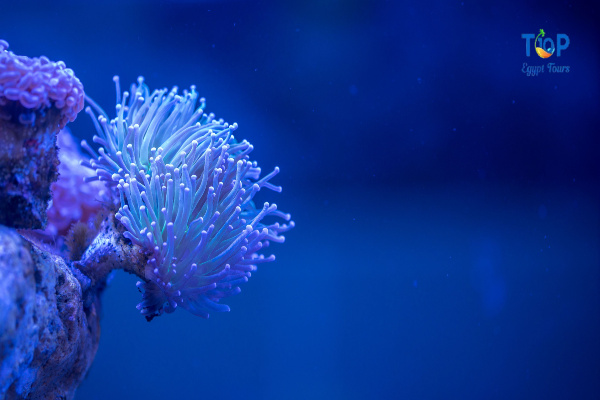Welcome to the mesmerizing world beneath the waves of the Red Sea, where a vibrant tapestry of marine life and stunning coral formations await. In this article, we’ll delve into the art of macro photography, unlocking the secrets of capturing the intricate details of the Red Sea’s tiniest inhabitants. Join Top Ten Egypt Tours on an underwater journey to discover the beauty that often goes unnoticed.
Macro photography is a captivating art form that allows us to explore the intricate details of the world that often go unnoticed. The Red Sea, located in the eastern coast of Egypt, is a haven for macro photography enthusiasts. With its crystal-clear waters and diverse marine life, it’s no surprise that the Red Sea is a popular destination for underwater photographers. In this article, we’ll delve into the world of macro photography in the Red Sea, revealing the tiny wonders that lie beneath the surface.
Firstly, let’s define macro photography. Macro photography refers to the process of capturing extreme close-up images of small subjects, typically from a distance of less than 10cm. In underwater photography, this means capturing images of tiny creatures and intricate details that are often overlooked by the naked eye.
The Red Sea is home to an abundance of marine life that is perfect for macro photography. From colorful nudibranchs to intricate sea anemones, there’s no shortage of subjects to capture. Here are some tips for capturing stunning macro shots in the Red Sea:
1. Get up close and personal: The key to successful macro photography is getting as close as possible to your subject. This will allow you to capture all the intricate details and textures that make these creatures so fascinating. Use your dive fins to maneuver yourself into position and avoid using flash as it can scare away your subject.
2. Use a macro lens: A macro lens is essential for capturing detailed images of small subjects. Look for lenses with a minimum focal length of 100mm or more for optimal results. If you don’t have a dedicated macro lens, you can use a diopter attachment to increase magnification on your existing lens.
3. Pay attention to lighting: Lighting is crucial in underwater photography, and this is especially true for macro shots. Look for areas with soft, diffused light and avoid shooting in direct sunlight as this can create harsh shadows and glare. Consider using artificial lighting such as strobes or LED lights to illuminate your subject and add depth to your images.
4. Be patient: Macro photography requires patience and persistence. These tiny creatures can be elusive, so take your time and wait for them to come into view. Don’t be afraid to spend several minutes observing your subject before taking the shot – this will give you a better understanding of their behavior and help you capture more natural-looking images.
5. Experiment with composition: While it’s important to capture all the intricate details of your subject, don’t forget about composition! Try different angles and perspectives to create interesting and dynamic images. Consider using leading lines or negative space to draw the viewer’s eye into the frame.
6. Edit carefully: When editing your macro shots, be careful not to overdo it. Remember that less is often more when it comes to post-processing – you want your images to look as natural as possible while still enhancing their beauty and detail. Consider using tools like contrast adjustment, color correction, and sharpening to bring out the best in your images without sacrificing authenticity.
In conclusion, macro photography in the Red Sea is an exciting and rewarding experience for underwater photographers. By following these tips and techniques, you’ll be able to capture stunning images of the tiny wonders that lie beneath the surface of this incredible body of water. Happy diving!



Comment (0)